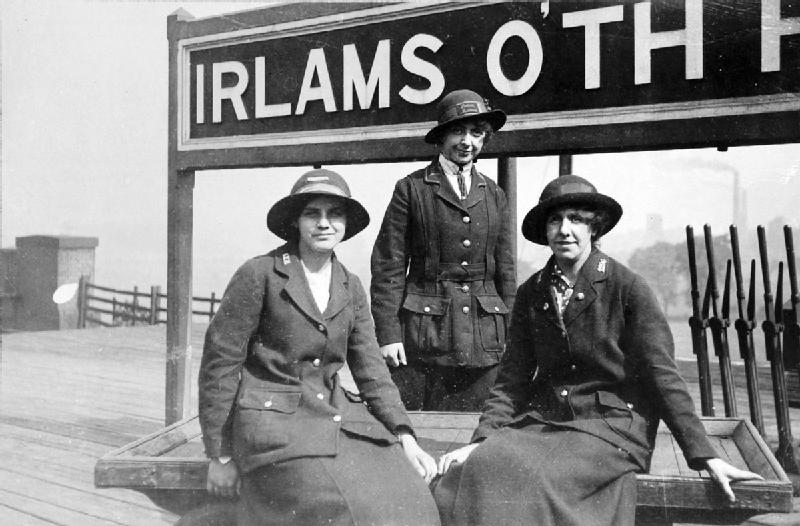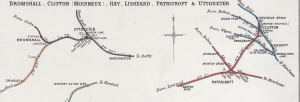
In this series, we’ll be taking a look at the history surrounding Salford’s past and present railway stations and their impact on Greater Manchester, the North-West, and the United Kingdom. From Irlams o’ th’ Height to the ongoing regeneration of Salford Central, this series will explore the untold history around our railways, and recognise the significance they hold in Salford life.
History seems to have forgotten the monumental impact that Irlams o’ th’ Height station made, particularly during World War One.
The station, between Manchester Victoria and Wigan Wallgate, was opened, on 1 July 1901 by Lancashire and Yorkshire railways.
Tucked away at the bottom of Bank Lane, technically falling into the vicinity of Pendlebury, the station proved popular with factory workers, especially those employed at the extensive Agecroft Locomotive Shed.
Sixteen years after its construction, when its location far from the town centre was beginning to prove detrimental to business, the station saw a majority of its workers, male, called to military service for the First World War.

As a result, Salford women clubbed together and joined more than 55,942 women nationally by running the day-today operations of the station, an explosion in numbers from the 4,564 working in the railway sector at the start of the century.
The station was particularly noteworthy, as unlike some stations, it was staffed entirely by women, in both clerical and domestic positions. Despite this, it wasn’t until 1978 that Britain’s railways saw its first woman train driver, Karen Harrison, who is now memorialised in a painted mural at London’s Euston station.
With women understanding that their positions were temporary, in most British stations, female staff member’s names were written in red in ledgers, making it easier for clerical staff to organise who would be dismissed at the end of the war.
The station once again became instrumental during the Second World War, but was closed on 5 March 1956.














Recent Comments